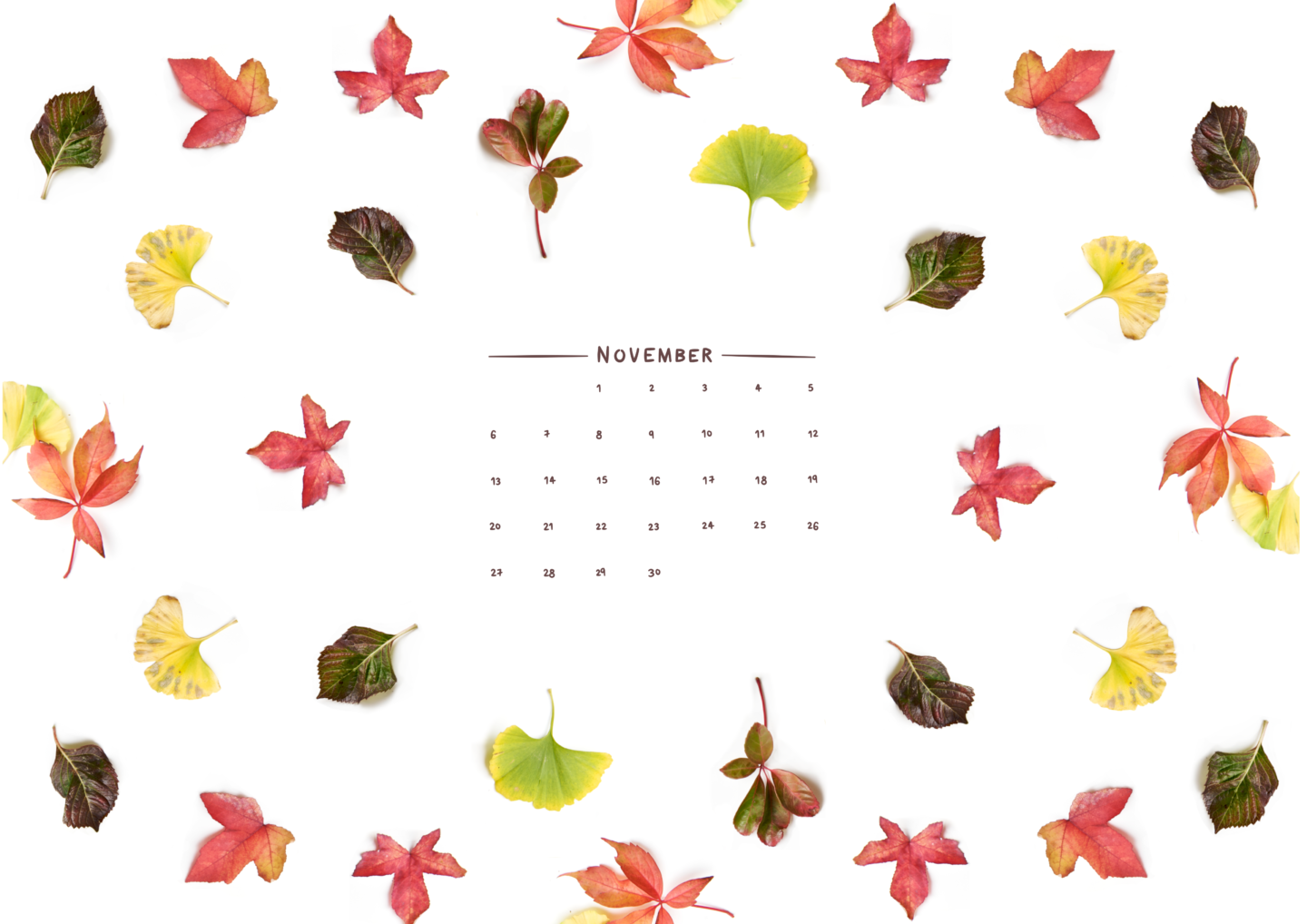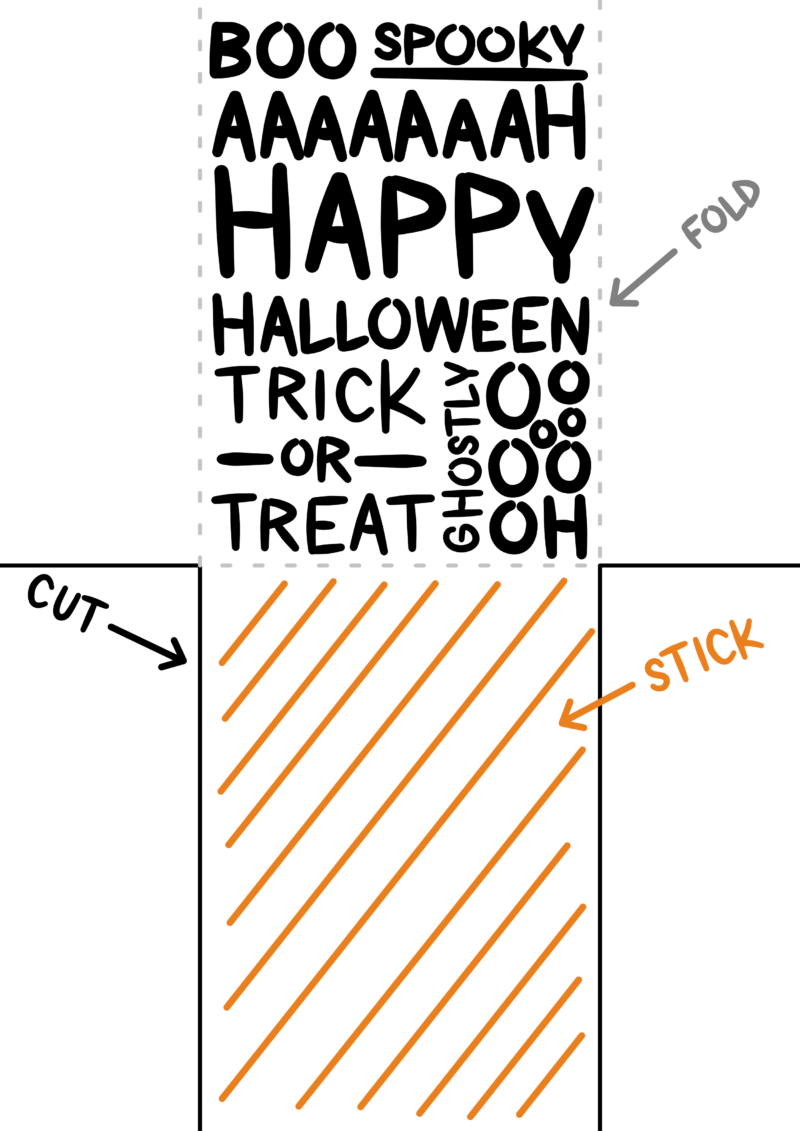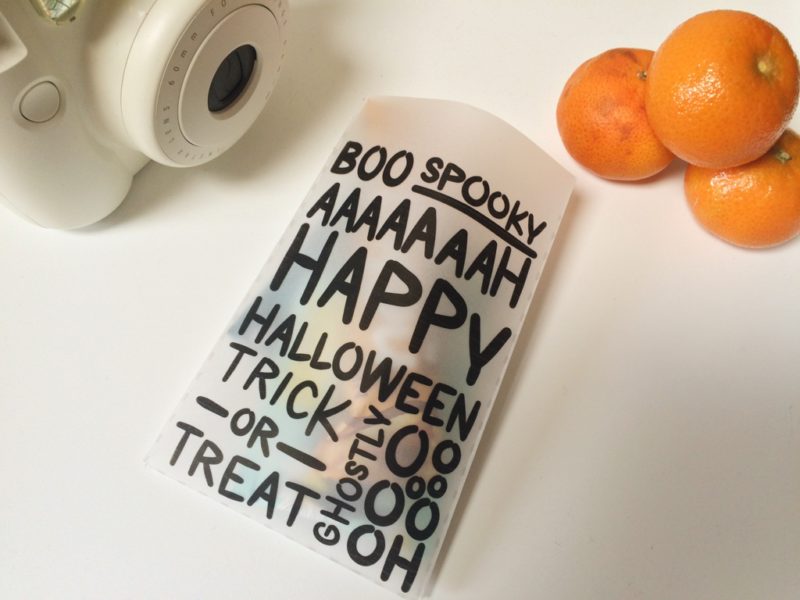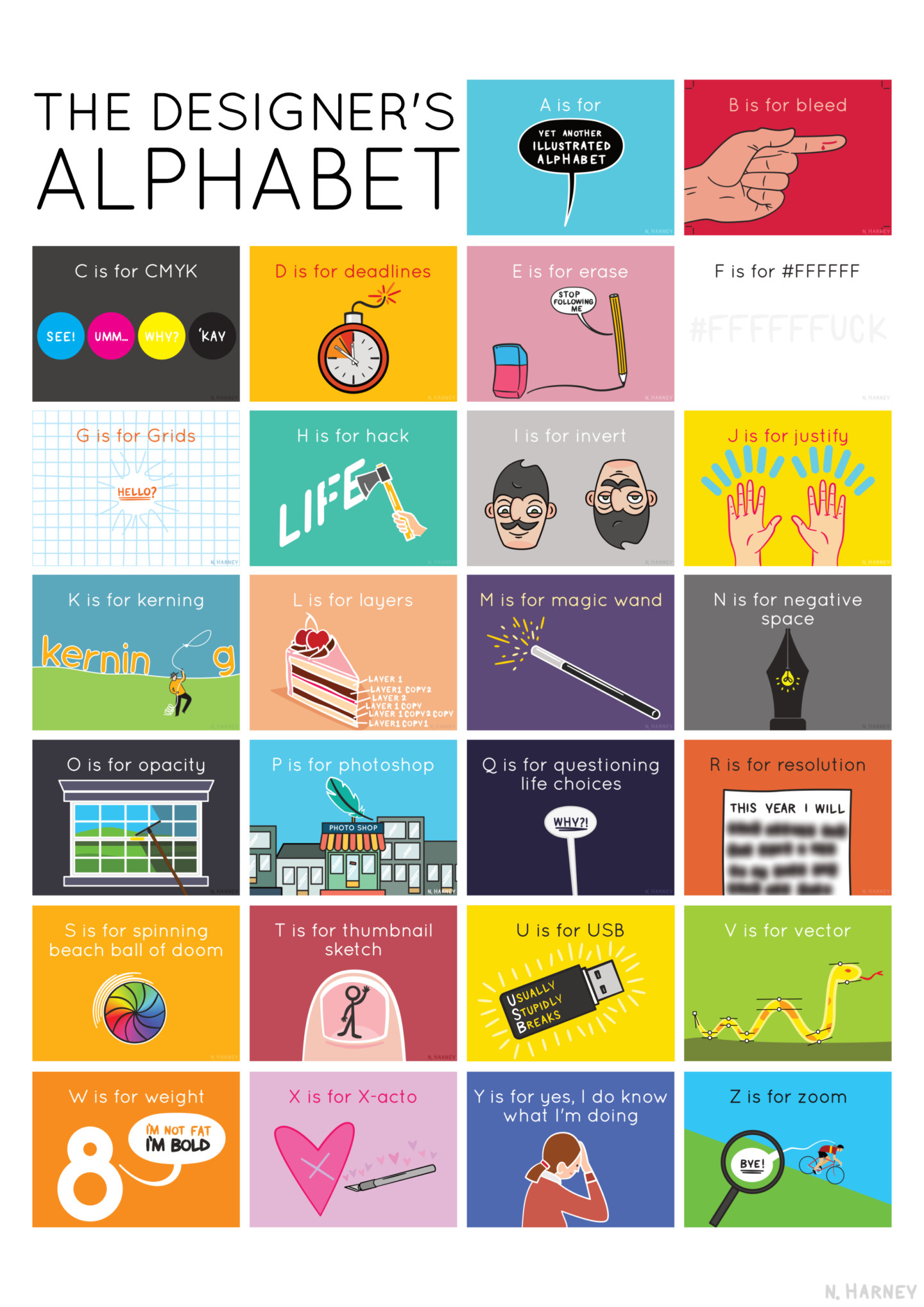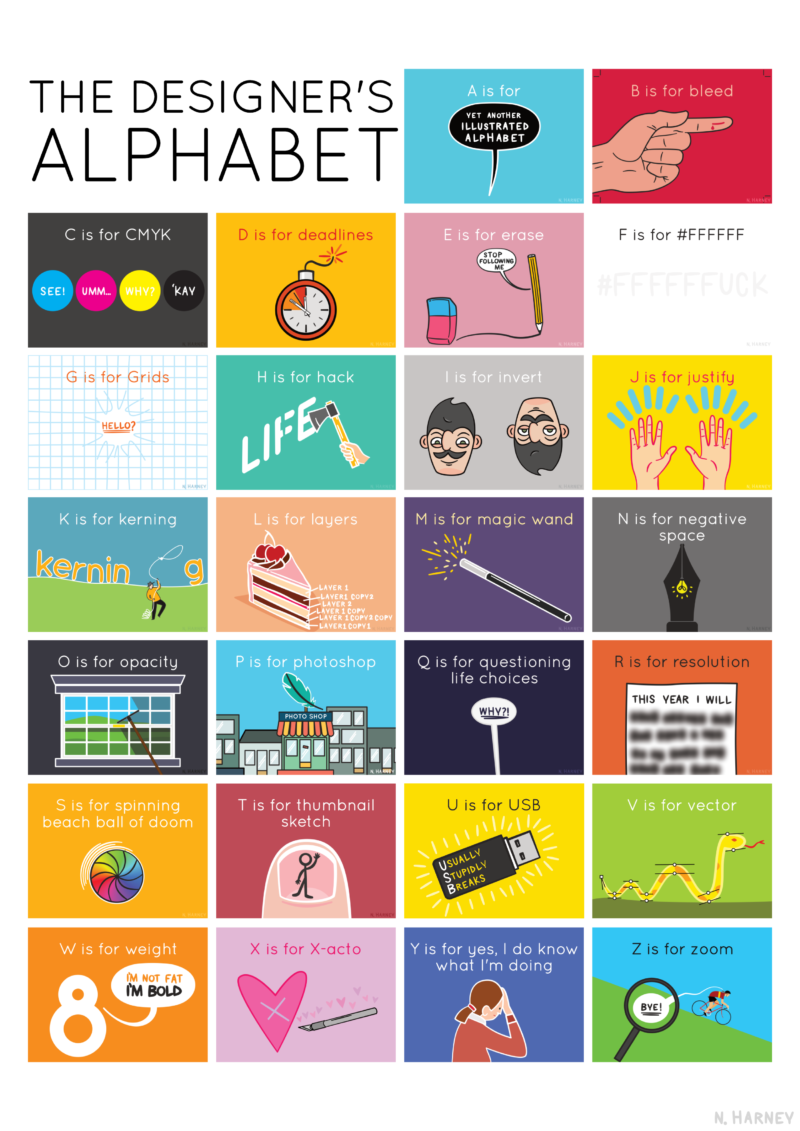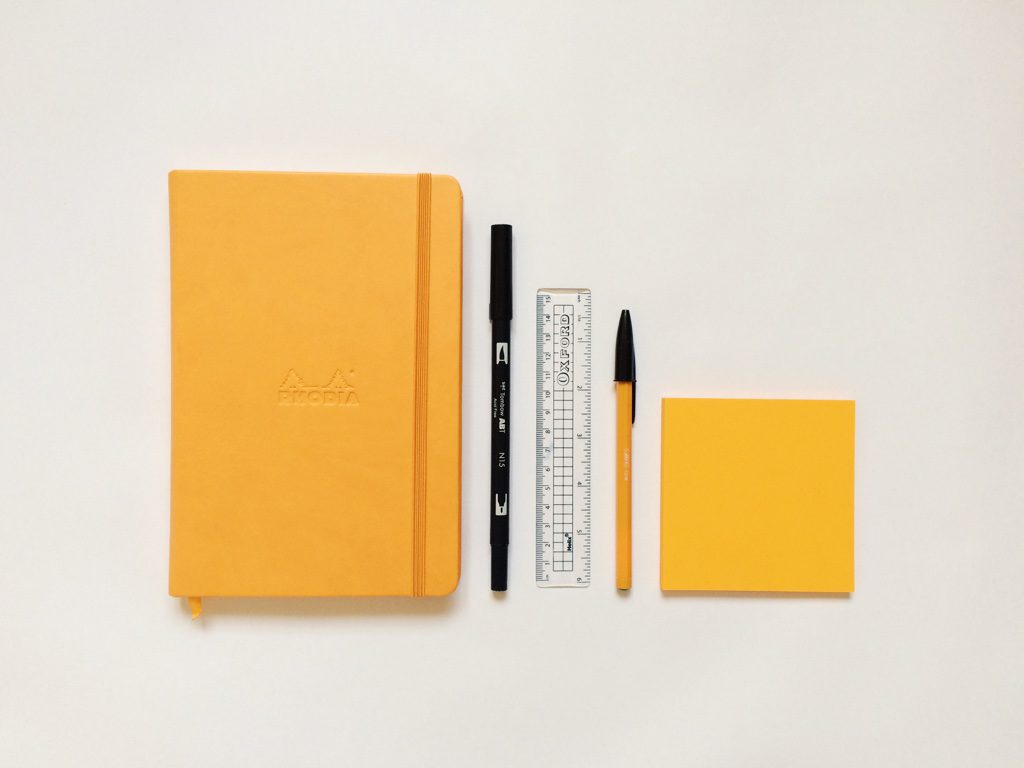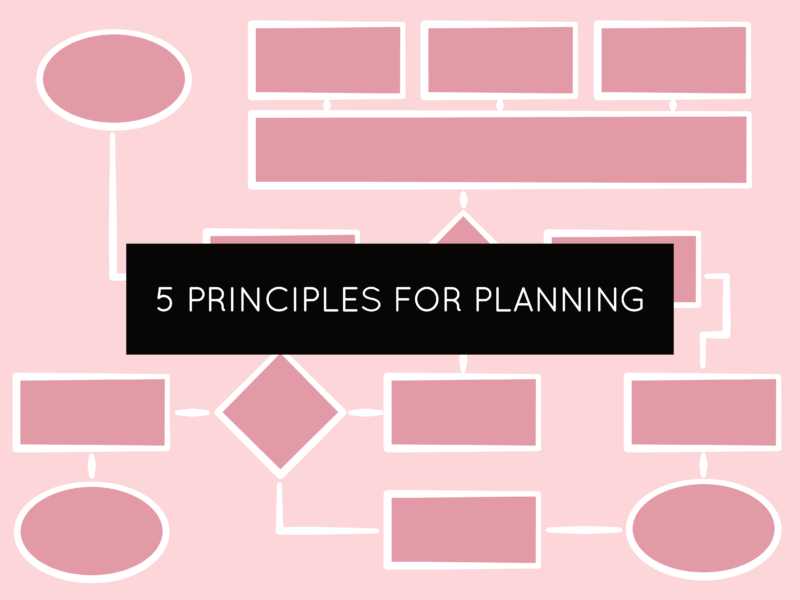I’m a big podcaster. I listen to podcasts when I travel, when I work, when I take a break, whenever really. I know a lot of people need silence when they’re working, but I really like to have something else stimulating my brain as I go, especially if I’m designing. Podcasts are a great way of finding inspiration even when you’re working. Not only have podcasts helped inspire my design work, they help inform my daytime life too. Right now, after the cult success of Serial, we seem to be in the age of the podcast. Despite the growing market This American Life remains the classic.

This American Life was the podcast that seriously got me into podcasting. The range of topics, the quality of the journalism, and, of course, Ira Glass’s dulcet tones, are unbeatable and make for hours of enjoyment. But with a back catalogue so vast (there’s nearly 450 hours of podcasting joy in the archive) it’s hard to know where to start. That’s where this list comes in. It’s a shortlist of my personal favourite episodes. I’ve tried to include a range of the kinds of episodes This American Life has put out, so there should be something here for everyone. So without any further ado, an in no particular order, here are some of my favourites:
361: Fear of Sleep
Fear of Sleep contains one of the funniest acts in all of the This American Life archive. Comedian Mike Birbiglia performs a section from his one man show, Sleepwalk with Me, which was later turned into a feature film. It’s hard not to see why, Mike’s stories of his sleepwalking will undoubtedly have you in stitches. I listened to this one on the bus to my internship last year, and I had the whole of the lower floor giving me sideways glances within minutes. I’ve since listened to it 3 more times, and it still cracks me up. The other stories in the episode are just as fascinating, if not quite as funny. Be warned the short section on bed bugs might give you the heebie-jeebies.
355: Giant Pool of Money
If you liked the Big Short you’ll like this episode, even if you didn’t like The Big Short you’ll still like it. Giant Pool of Money deals with the housing crisis and the market crash of 2008 ina way that’s straight forward without being dull. This is essential listening for anyone who wants to understand what happened 8 years ago, and why, which should be pretty much everyone. There’s not much more to say. Just listen to it.
253: The Middle of Nowhere
I think I’ve probably told every one of my friends about the island of Nauru. Out of all of the episodes listed here, 253 is the one which has stuck with me the most. Nauru is a little island in the Pacific which packs a big punch, I won’t give any details here as not to ruin it. While Act One is the clear stand out, for me, Act Two is definitely not to be missed either. The episode transitions from a physical middle of nowhere, to being stuck in a metaphorical, or rather bureaucratic, middle of nowhere. Episode 253 is a tale of two halves one of which is foreign the other very familiar, and yet both as fascinating as each other.
403: Nummi
I generally enjoy the episodes which are based in one location the most. They have the most in-depth stories. NUMMI is one such episode. Despite that, I wasn’t initially sure it was for me. How wrong I was. Based around a joint venture between General Motors and Toyota in 1984, NUMMI tells the story of the car plant which had hoped to change the fate of the American car industry. But this isn’t really a story about cars, it’s a story about how businesses work and how hard it can be to change and adapt, even when you know exactly what to do. NUMMI also gives a fascinating insight into how a successful production line works. Just like the workers from Fremont, we are taken into the world of Toyota and given an all access look into the philosophies that drive the Japanese giant’s process. Even if you’re not, and let’s face it most of us aren’t, running a multimillion dollar car factory those are lessons which all creators can learn form.
449: Middle School
Middle School is equal parts hysterical and heartbreaking, much like the reliving your own tweens would be. This episode was created at the request of a young listener, and it nails just how tumultuous and terrifying being 12 is. Listening to these middle school experiences takes you right back to that awful time where every little thing has the potential to be life changing, where every wrong decision, every grade, every fight with a friend feels like it puts you on the precipice of destruction. It’s an experience your brain, thankfully, attempts to erase but Middle School takes you right back and shows you have far you’ve come without belittling the experiences of those 12 year olds interviewed. Those same 12 year olds come up with some of the funniest lines of the show – no one sees the world quite as directly as someone 4ft high.
Where should my next delve into their archive be?
Natalie
